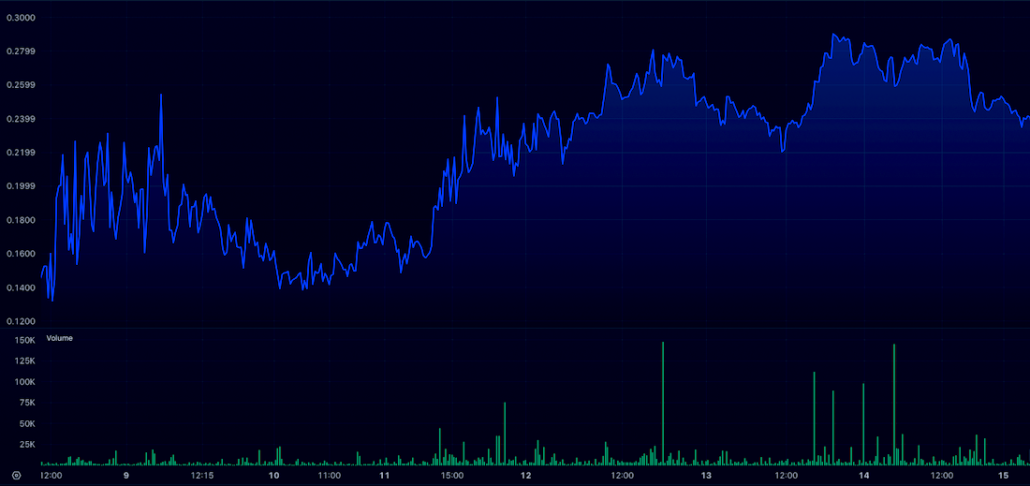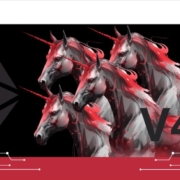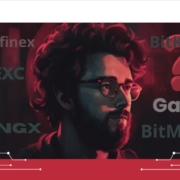Uniswap is a great first exchange to consider because it offers several advantages for investors over traditional crypto exchanges.
First, you can trade anonymously, which means you don’t have to reveal your identity. You can also trade directly from your wallet, and the only identifier required is your public wallet address.
In terms of general security, Uniswap is very reliable. The protocol is non-custodial, which means it doesn’t hold any funds, and its smart contracts have been audited by several teams. This makes it more secure than other exchanges that hold your funds. Since there are no intermediaries involved, all trades take place directly from your wallet, which makes you responsible for your tokens and private keys. This means you have complete control over your funds and can trade without any third-party involvement.
Uniswap also offers instant access to new tokens, allowing you to create ERC20 tokens and pair them with ETH to produce liquidity for new pools.
How to choose the best DEX exchange?
If you’re new to the world of decentralized exchanges (DEXs), choosing the right one to list on can be overwhelming. But don’t worry, I’m here to help.
Firstly, you’ll want to check out the fees. Nobody likes paying fees, so it’s important to find a DEX that offers transparent information about its fees. Avoid any platforms that don’t provide clear information.
Next up is security. While your funds aren’t held by the exchange, you want to make sure the DEX you choose takes security seriously. Look for a platform that uses the latest and most reliable security software.
Make sure the DEX supports the coins you want to trade. If you’re interested in exploring new assets, choose a platform with a broad range of cryptocurrencies. But if you prefer to stick with the tried and tested assets, any of the top five exchanges should suffice.
Consider the payment methods supported by the DEX. It’s important to be able to buy crypto using a convenient payment method, especially if you’re new to the game. So, look for a DEX that supports your preferred payment method.
Don’t overlook customer service. Having someone helpful and responsive on the other end of the line can make all the difference when things go wrong.
Finally, read customer reviews. Search for “best decentralized exchange Reddit” to find discussions among crypto enthusiasts who have tried and tested various exchanges and chosen the best one for their needs.
By paying attention to these key factors, you can make an informed decision and avoid any unwanted surprises.














